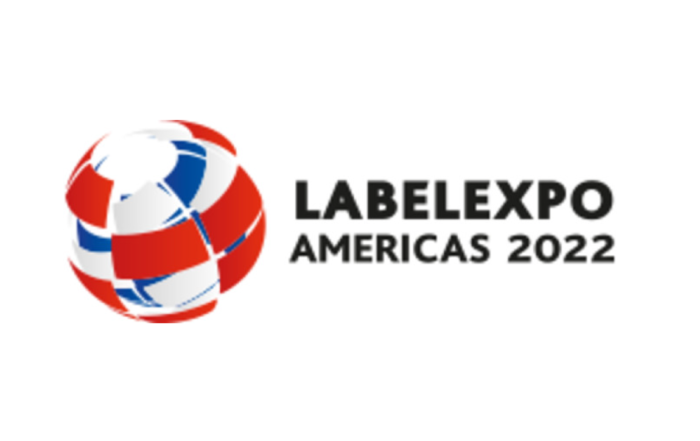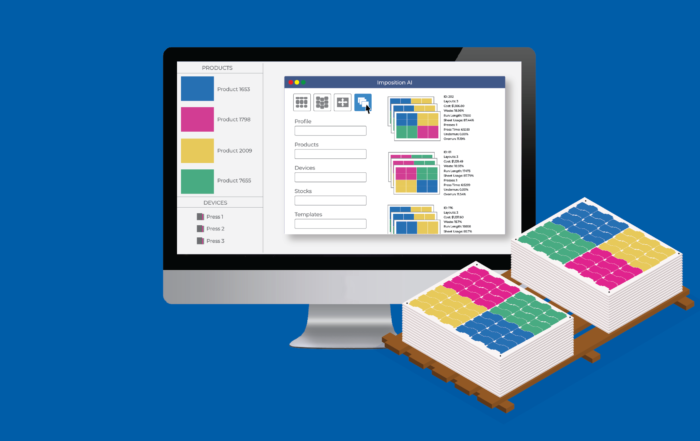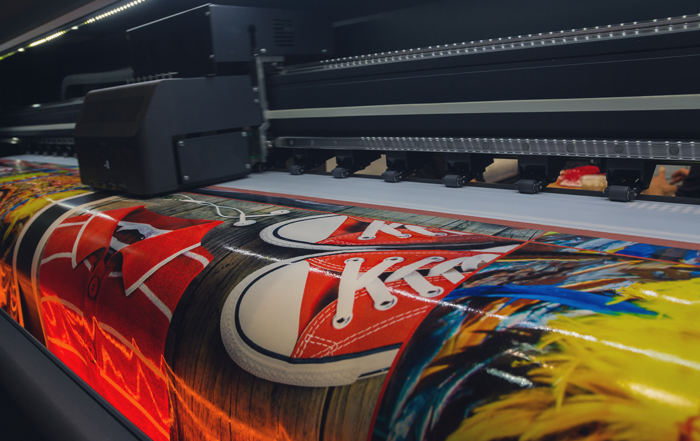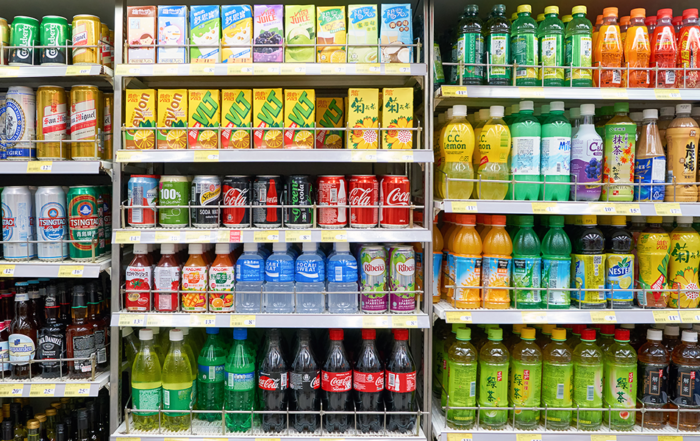Those who have reentered society following the 2020/2021 lockdowns have noticed many changes. Not the least of which are restricted hours pertaining to restaurants, retailers, and other service-oriented establishments. In short, these businesses simply lack the staff needed to maintain traditional hours of operation.
The labor shortage coming out of the Pandemic is not news to those in the printing industry. With Amazon warehouses offering high pay, flexible hours, and even the ability to travel, work, and live at different facilities across the country it has never before been so difficult to compete for labor.
It’s no wonder why companies of all types and sizes are scrambling to fill open positions.
What’s the Problem?
The print industry is amongst those hit hardest by this shortage. According to the Bureau of Labor Statistics, there are nearly 10.5 million print industry jobs waiting to be filled in the United States alone. This despite the fact that there are roughly 5 million fewer people employed than before the pandemic outbreak.
Why the discrepancy? It’s no surprise that after putting in decades of service, baby-boomers are retiring from the workforce in record numbers – an exodus that was completely expected.
What was not anticipated is that more than half a million of those who lost their jobs because of COVID-related layoffs opted for early retirement rather than return to the workforce.
Compounding the problem is the rise in competition for labor among manufacturing and retail. The surge of consumer spending driven by the Pandemic led to a surge of investment by Walmart and Amazon in attractive pay and benefits for workers. Take Amazon as an example: distribution workers are offered attractive pay, benefits, and flexible, Voluntary Time Off (VTO).
These variables, fueled by some misconceptions about the trade, have converged to create the perfect storm for today’s print industry labor shortage.
Competing for Attention
Insiders understand that the print industry has entered the digital era becoming increasingly sophisticated and is rivaling many others in terms of both hardware and software technology. Nonetheless, this isn’t so obvious to those on the outside looking in. As a result, the print sector is going head-to-head with other “sexier” industries (i.e., aerospace, life science, automotive, computer science, etc.) to attract the attention of today’s emerging workforce. Consequently, companies throughout the industry are battling tooth and nail to fill open positions from a limited pool of resources.
Just as baby-boomers have contributed in terms of experience and tribal-knowledge, this new generation brings a whole new skillset to the table. Raised with (and sometimes by) technology, this group is vastly different than their predecessors. They understand technology, are eager to use it, and expect to apply it throughout their careers.
Technology is the Answer
Software applications from leading companies like Tilia Labs are automating processes, improving responsiveness, maximizing limited resources, and allowing companies to remain relevant in the minds of tech-savvy workers.
Tilia Labs’ flagship product, tilia Phoenix, optimizes layout creation and planning across the entire production floor. The result is a boost to digital printing productivity and maximized production for all print industry segments including packaging, labels, commercial, digital corrugated, and wide format printing.
Because the software can be applied universally, it is employed across multiple pieces of equipment (printing through finishing) eliminating the need to learn additional applications.
Maximizing Resources
The truth is, despite best efforts, the current labor shortage is expected to persist for some time. This is true across all industries making it imperative that companies adapt and maximize operations based on a limited number of workers. To do more with less.
Automating processes and eliminating manual or redundant steps allows printers to do just that. Now quality standards, tight delivery schedules, and productivity goals can be met despite a limited staff. What’s more, because tilia Phoenix is easy to learn and use, little to no training is required. This accelerates the onboarding process allowing new hires to be productive faster.
As an added benefit, companies can be more selective when evaluating applicants. Now, rather than being held hostage to experience, printers can choose candidates who best reflect the values of the organization and teach them to use the software.
Delivering Answers
Like most others, the print industry is under attack on multiple fronts. A severe labor shortage is compounded by increased demand and fierce competition for the mindshare among younger workers.
Fortunately, companies like Tilia Labs are delivering the answers that allow printers to meet the growing demands of today while helping to rebrand the industry for the tech-minded workers of tomorrow.






